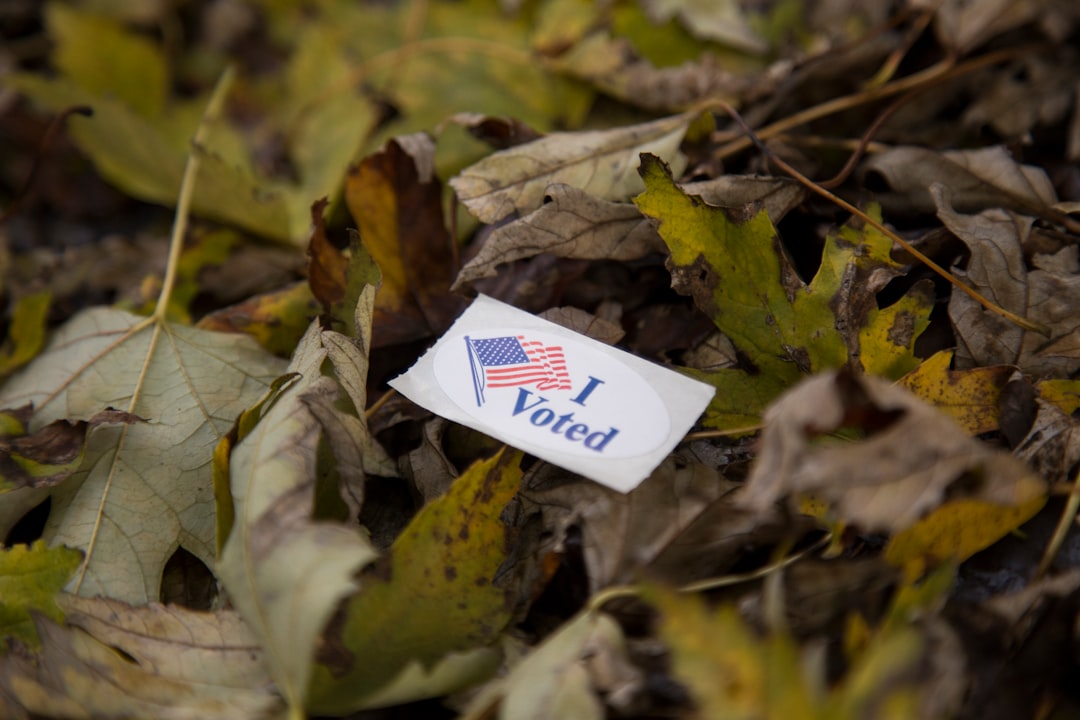The state of play heading into Election Day
Polls, early voting bode well for Republicans — but red wave may not translate to supermajority in the General Assembly
Tuesday night should be a good one for Republicans. The question is to what degree.
Around the country, there are signs of a major red wave that will reshape governance in the United States. Republican challenger Lee Zeldin has a real chance to be the next governor of New York, and blue seats are set to flip in both the U.S. House and U.S. Senate. The president’s party typically loses seats in Congress during the first mid-term election, and this year that trend is compounded by four-decade highs in inflation and concerns about violent crime.
But how will that translate to North Carolina? Here, the picture is more complicated. Our governor is not on the ballot, and new electoral districts make the General Assembly picture harder to analyze. However, it’s already pretty clear that Republicans have the opportunity to overperform — winning in areas that two years ago were out of reach.
Here’s what we know heading into tomorrow’s Election Day.

Polls
Before we st…
